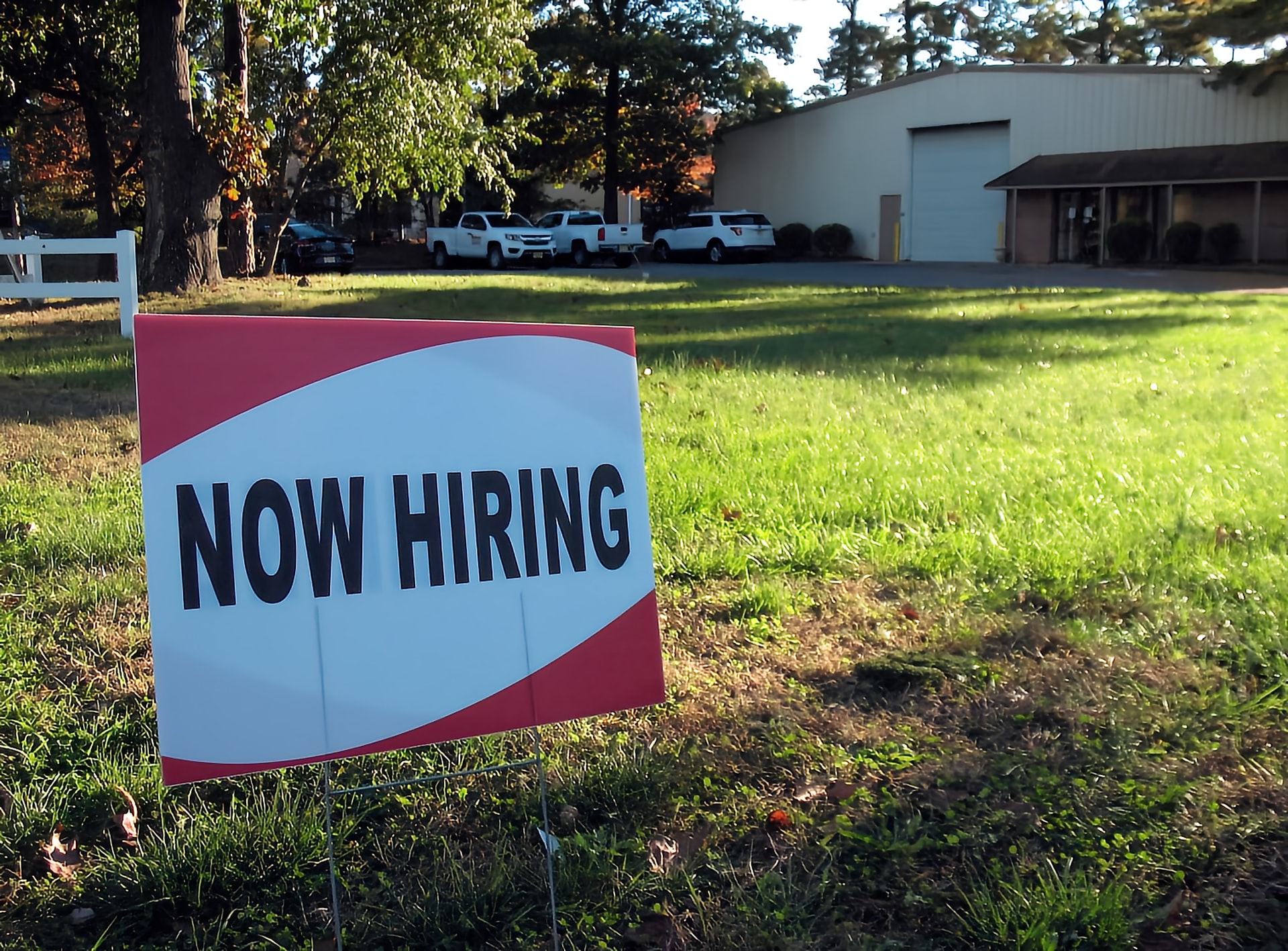While the pandemic pushed people to stay at home, the power of technology opened its door to the virtual world and made people fans as never before.
As the world benefits from being more advanced, the private and public sectors also embrace change. Now sitting in the comfort of their home, job recruiters can tackle their biggest headache of finding the perfect fit among the potential candidates. What makes it easier for them? It is nothing but automation!
What is automation?
Automation is a term for technology applications where human input is minimised. It was initially coined in 1940 to describe a production process. A study conducted by Deloitte and Oxford University (2016) found that by 2030, the UK could automate 861,000 public-sector jobs. Operative and administrative roles were more vulnerable to the transformation. The status is not different in the US. As several industries have already relied on automation, the public sector can try its hand in complete automation.
Automation and the public sector workforce
The US Bureau of labour statistics (2019) shows that 22.6 million people work in the public sector. But it is hard to find any millennials in it as they prefer the private sector to the public sector. Like other countries, here also the villain is the unreasonably long time to process the application and the outdated technology used by the public sector.
It is sad to know that the public sector is far behind in adopting modernised recruiting techniques. Many HR professionals who work in federal, state, and local governments were not using any of the advantages of social media or online job portals to hire employees. Here comes the significance of automation.
Conventional paperwork takes time and extra effort from both the applicant and the recruiter. When the traditional recruiting methods take nowhere, automating job recruiting practices makes you aware of every process you go through from start to finish. (Ref: Ideal)
How can automation be used in recruiting in the public sector:
We can bring qualified candidates to public sector jobs by improving the hiring process. By automating several phases of recruiting, recruiters can save around 14hrs a week.
- Resume screening: Recruiters can save time by avoiding going through all the resumes manually, which is time-consuming and tedious. Resume screening software shortlists the qualified candidates and ranks them based on the details in the biodata. The earlier form was a keyword matching system, but now screening software goes far beyond that. The tool can generate reliable results, limiting the chances for any bias.
- Providing consistent updates on the recruiting process using chatbots can replace the workforce performing repetitive tasks and ensure proper and uninterrupted communication using artificial intelligence and machine learning.
When most applicants complain about not hearing back from their employer, introducing chatbots can be the saviour. It answers the basic questions, schedules interviews, helps in administrative tasks and acts as a virtual personal assistant.
Chatbots save not only time and money but also the overall experience of the applicant.
According to Juniper Research, chatbots could save businesses $8 billion and 2.5 billion hours by 2022. Georgia State University in the US was the first American university to use a chatbot, Pounce. The Army has a recruitment chatbot called SGT STAR. Chatbots are also capable of creating customised messages. - Possibilities to conduct interviews from anywhere and anytime: Through teleconferencing, video recording companies can hire and track candidates anywhere in the world without making them wait for long. Technological advancements help to catch the energy and enthusiasm of the candidates at the right moment. The virtual face to face interactions make the points clear and demonstrate their capabilities.
- Improving the quality of hiring efforts by removing obstacles in applying for a job is crucial to get the right candidate in the door. It gives time for the recruiting officials to come up with more effective job training plans. Finding competent talents for public sector jobs helps to provide better facilities for the citizens.
What makes automation important?
- Automation helps to eliminate those who lack the desired qualifications.
- It makes the recruiting process transparent.
- Quality assurance
- It makes the process more intelligent and efficient
- Reduces manual efforts and errors
- Accelerates the process
- More reliable and highly strategic method
Linkedin recently came up with data that shows that Key Performance Indicators (KPI) such as the quality of hire (60%) and the time to fill (28%) were the uppermost priorities for the talent acquisition leaders. Automation makes it a reality! According to the experts, automation is going to be the lifeline of recruitment.
Challenges to be addressed
Professor of International Economics at The Graduate Institute, Richard Baldwin, called globalisation and automation the twin engines of economic transformations. To explain the trend, he coined the term ‘Globotics Transformation’. (Recommended Reading: The Globotics Upheaval: Globalisation, Robotics and the Future of Work)
However, it is vital to reduce the uncertainties among the recruiters to make the process even better.
- We should bridge the digital divide to unleash the real potential of digital transformation.
- Even though automation is considered an eye-catching trend, shifting ultimately into virtual formats may not be a cakewalk for the public sector as most of the workforce remain laggards.
- Lack of budget and conventional recruiting methods do not allow innovative hiring.
- Many people consider automation a replacement for humans, but automation redesigns the current jobs and elevates their significance in the digital era.
Conclusion:
Automation no longer can be ignored in the public sector. It is expected to rise, and based on it, the recruiters’ role will also see a sea of changes. Candidates are becoming competent and productive through virtual learning programs, making the selection process even more challenging.
With automation, applying for a job in the government sector will not be a daunting process. Streamlining makes the world’s candidates and recruiters friendly. Anybody across the world who has the desired qualification can apply for a job and receive proper updates. We could also shorten the disconnect between the public and the public sector by introducing more digital inclusion programs.






Comments